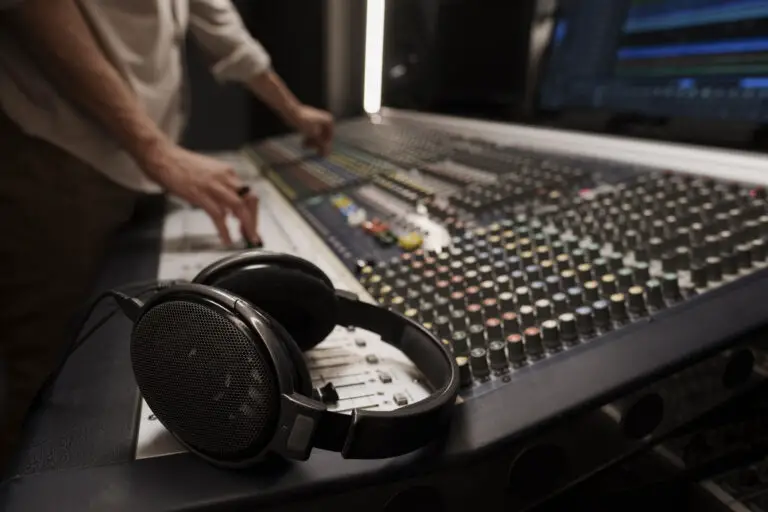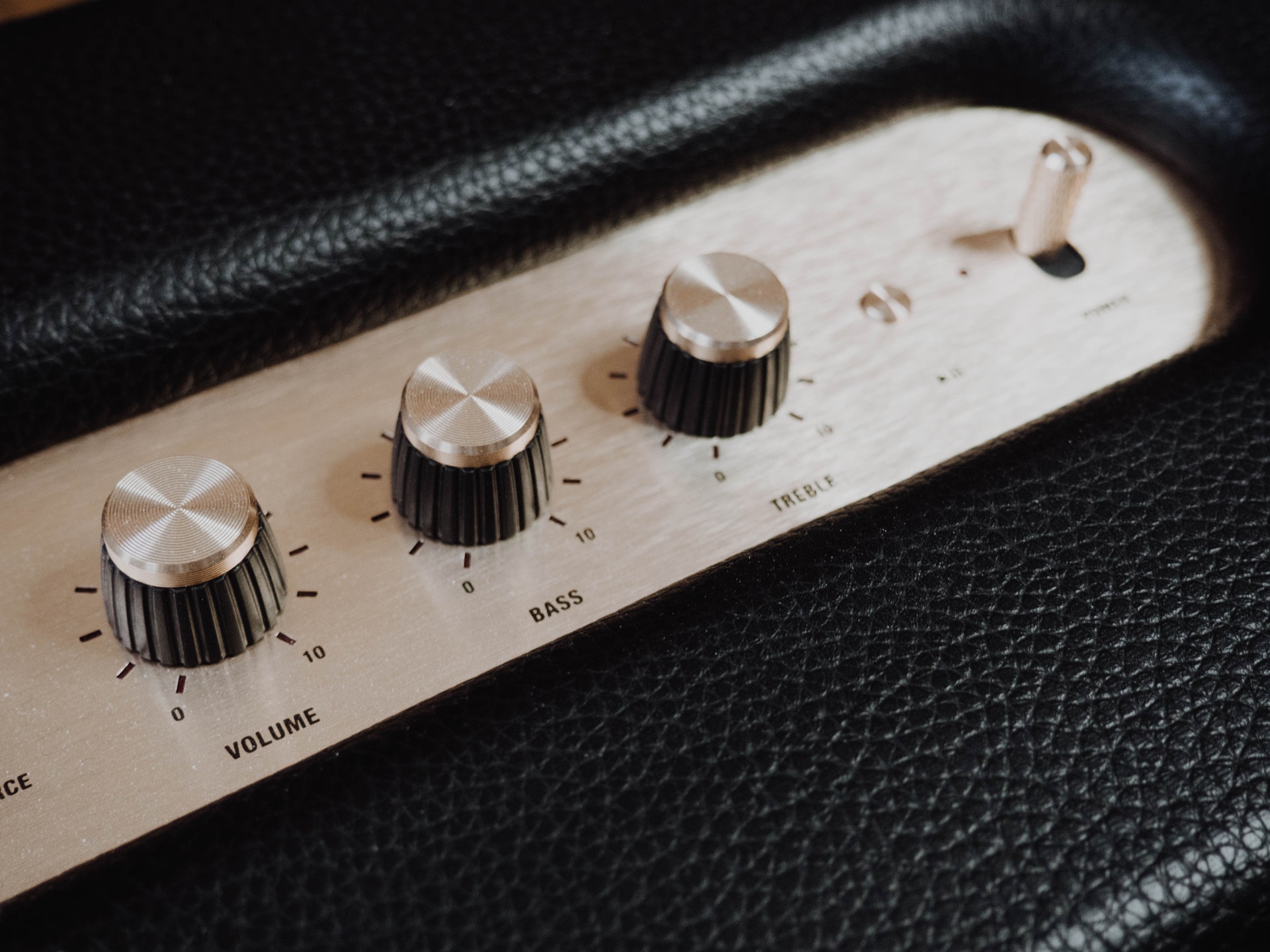Why are Hurdy Gurdys so Expensive?
For an instrument with a wonky name like “Hurdy-Gurdy,” you wouldn’t expect such prestigious price tags. Nevertheless, a hurdy-gurdy is a unique instrument that you won’t find just anywhere.
Why are hurdy-gurdies so expensive? Firstly, a hurdy gurdy is costly to manufacture. It is a niche instrument typically made by hand rather than in a factory. Most importantly, the hurdy gurdy features complex (and thus expensive) mechanisms to produce its iconic sound.
However, hurdy-gurdies are exquisite and underrated instruments. Once you understand what they are and how they’re made, you’ll realize why they aren’t cheap. So let’s dive into that.
What is a Hurdy Gurdy?
The hurdy gurdy is an exceptionally unique instrument. A bagpipe-violin hybrid is the most simplistic definition. But there’s more to it than that.
Firstly, why is it called a hurdy gurdy?
The instrument originated in medieval France when it was called a “vielle a roue,” meaning “wheel fiddle.” But it wasn’t until it arrived in Britain that it was dubbed “hirdy-girdy,” an English slang term for noise and commotion. Apparently, they weren’t particularly fond of the instrument.
Nevertheless, the hurdy gurdy has a rich history. They began as church instruments but were later adopted by peasants who used them to create folk music. Now, few people recognize the instrument by name or appearance.
But the hurdy gurdy is immediately recognizable once you hear it.
Costs of Making a Hurdy Gurdy
We know that hurdy-gurdies aren’t cheap. But strangely enough, hurdy-gurdies were considered “peasant instruments” until recently.
Now, a good used hurdy gurdy costs between $2,000 and $4,000. Newly-made ones can be even pricier. What makes hurdy-gurdies so expensive?
Manufacturing Hurdy-Gurdies
While most of our possessions these days originated in a factory, there are some items that are best suited to old-fashioned methods.
The overwhelming majority of hurdy-gurdies are made in workshops, not factories. A highly skilled craftsperson refines a block of wood into the final product. While power tools are involved, it’s far from an automated process.
Here’s an in-depth look into how a hurdy-gurdy is made:
Embed:
It’s also vital to understand that more moving parts mean higher manufacturing costs. This is reason two behind this instrument’s colossal cost (and why they’re notoriously difficult to maintain).
Supply and Demand
Another factor to consider is the obscurity of the instrument. Some of us have heard the song, “Hurdy Gurdy Man” by Donovan. Nevertheless, few people are familiar with what a hurdy-gurdy is, and even fewer are in the market for one.
Thus, demand hasn’t brought up a need for mass production. Furthermore, those who fall in love with the idea of owning a hurdy-gurdy are generally willing to pay more for a one-of-a-kind instrument with a hair-raising sound.
Cost of Wood
High-quality wood has never been cheap. However, the costs have truly skyrocketed in recent years.
Because wood is used for homes, paper products, furniture, and more, the amount of timber available for luthiers and hurdy-gurdy makers is increasingly scarce. Furthermore, not just any wood will suffice.
A hurdy-gurdy requires wood that is free of impurities. Good candidates include hard maple, beech, and spruce. Unfortunately, these are all relatively expensive types of wood.
Maintaining a Hurdy Gurdy
There’s nothing like owning a hurdy-gurdy. Its magical tone brings visions of mythical lands and of the distant past.
Achieving this magic isn’t easy, though. To get the ultimate sound from a hurdy-gurdy, you must treat it like a prince. Again, hurdy-gurdies have many moving parts responsible for delivering their iconic tone.
Here are just a few of the things you must do to keep a hurdy-gurdy sounding good:
Tuning a hurdy-gurdy
Like any stringed instrument, you must adjust each nut on the headstock before you play. As you play, slight vibrations will slowly tighten or loosen your strings. Thus, you’ll need to adjust them manually to the correct keys.
A hurdy gurdy has four drone strings and two to three melody strings. Depending on the music, you’ll use C/G or D/G tuning. Like with a guitar, an electronic tuner is your best bet for perfecting the pitch.
Replacing the cotton
Yes, cotton. To keep strings sounding good for as long as possible, you’ll need to replace the cotton on the strings.
A hurdy gurdy has cotton on the base of the strings — where the wheel touches them. This keeps the strings safe from friction damage as the wheel rubs against them. Furthermore, it provides a more pleasing sound.
We don’t need to tell you that cotton is fragile, though. Eventually, you’ll need to replace the cotton to avoid damaging the strings. Otherwise, you’ll need to replace the strings much sooner.
A small amount of cotton is far cheaper than a new set of strings. Thus, this is an important part of maintenance.
Applying rosin
Violinists know about the importance of rosin. If you don’t know, rosin is a sap-like substance that heavily influences the tone of a violin bow. Rosin creates friction, and friction creates sound between the bow and violin strings.
With a hurdy-gurdy, you must apply rosin to the wheel. The wheel does the same thing to the strings as a violin bow does. Therefore, forgetting to apply rosin to your hurdy-gurdy wheel will result in a dull and disappointing tone.
Hurdy Gurdy vs. Violin
No instrument can match the sound of the hurdy gurdy. The most comparable instrument is a violin, but even the violin is nothing like a hurdy gurdy.
Despite this, there are similarities between the two instruments worth noting. Firstly, the hurdy gurdy — like the violin — is a stringed instrument. Additionally, both instruments are made of wood, usually maple or spruce.
Finally, the hurdy gurdy has an old-fashioned sound that may remind one of a violin. But that’s about it as far as similarities go.
The differences are where it gets interesting.
How to Play: Hurdy-Gurdy vs. Violin
Everyone is familiar with the premise of playing the violin. You prop the instrument on your shoulder and play it with a bow. Technique is everything when it comes to producing a tolerable-sounding note.
To play the hurdy-gurdy, you set the instrument on your lap. You then crank a handle fixed at the bottom of the instrument while pressing notes in a “key box.” The keys fret the strings and perform the job of a violinist’s fingers.
What’s with the cranking, though? The crank moves a disc (or wheel) that touches the strings, creating a sustained drone. The disc acts as a violin bow in this regard.
Finally, a hurdy-gurdy is slightly easier to play than a violin. As the keys are responsible for sounding the strings, all you need to do is crank and push. Meanwhile, new violin players often struggle for weeks to play a single note.
The challenging part of learning to play a hurdy gurdy is the lack of resources. Unlike with violins, it’s challenging to find a teacher nearby to show you the ropes. Furthermore, online tutorials for aspiring hurdy-gurdists are relatively scarce.
Hurdy Gurdy Sound Quality
It’s time to talk about tone. What does a hurdy-gurdy sound like? Does it sound good enough to justify the price?
If you can afford one, it absolutely does.
In the right hands, a hurdy-gurdy sounds jaw-dropping. The tone is rich and complex. Clicking keys provide percussion while the wheel creates an ambient drone. Finally, the strings and resonant wooden body replicate the splendor of an orchestral violin.
Furthermore, the hurdy-gurdy embodies the medieval renaissance perfectly. This makes sense, given that peasants used the hurdy-gurdy for European dance and folk music between the 11th and 17th centuries.
Also in line with medieval times, a hurdy-gurdy can sound dark and eerie just as easily as it can sound bright and festive. You’ve likely recognized this instrument in horror movie scores even if you had no idea of what a hurdy-gurdy was. After all, the unknown can be pretty frightening.
Ultimately, the hurdy-gurdy has a mesmerizing tone that words cannot do justice. So you’ll just have to hear it:
Conclusion
There are several factors behind hurdy-gurdies being so expensive. First and foremost, decent hurdy-gurdies are handmade by experienced professionals. Also, a lack of recognition means that demand for the instrument is low, at least when compared to popular music tools like guitars and violins. Without mass demand, there is no mass production.
Wood is not cheap, either. Maple, spruce, and beech are essential for producing the appropriate hurdy-gurdy tone. But, alas, these special lumber varieties have surged in price.
Despite the costs, the hurdy-gurdy is an awesome, immensely underrated instrument. The craftsmanship that goes into them is impeccable, while the sound that comes out of them gives listeners goosebumps.
If you can afford it, give the hurdy-gurdy a shot. While $2,000 is steep, it’ll get you a high-quality instrument deserving of your prideful ownership. Plus, it’s not all that hard to play. With a year of practice, you can astonish yourself and others with unique and mesmerizing tunes.








